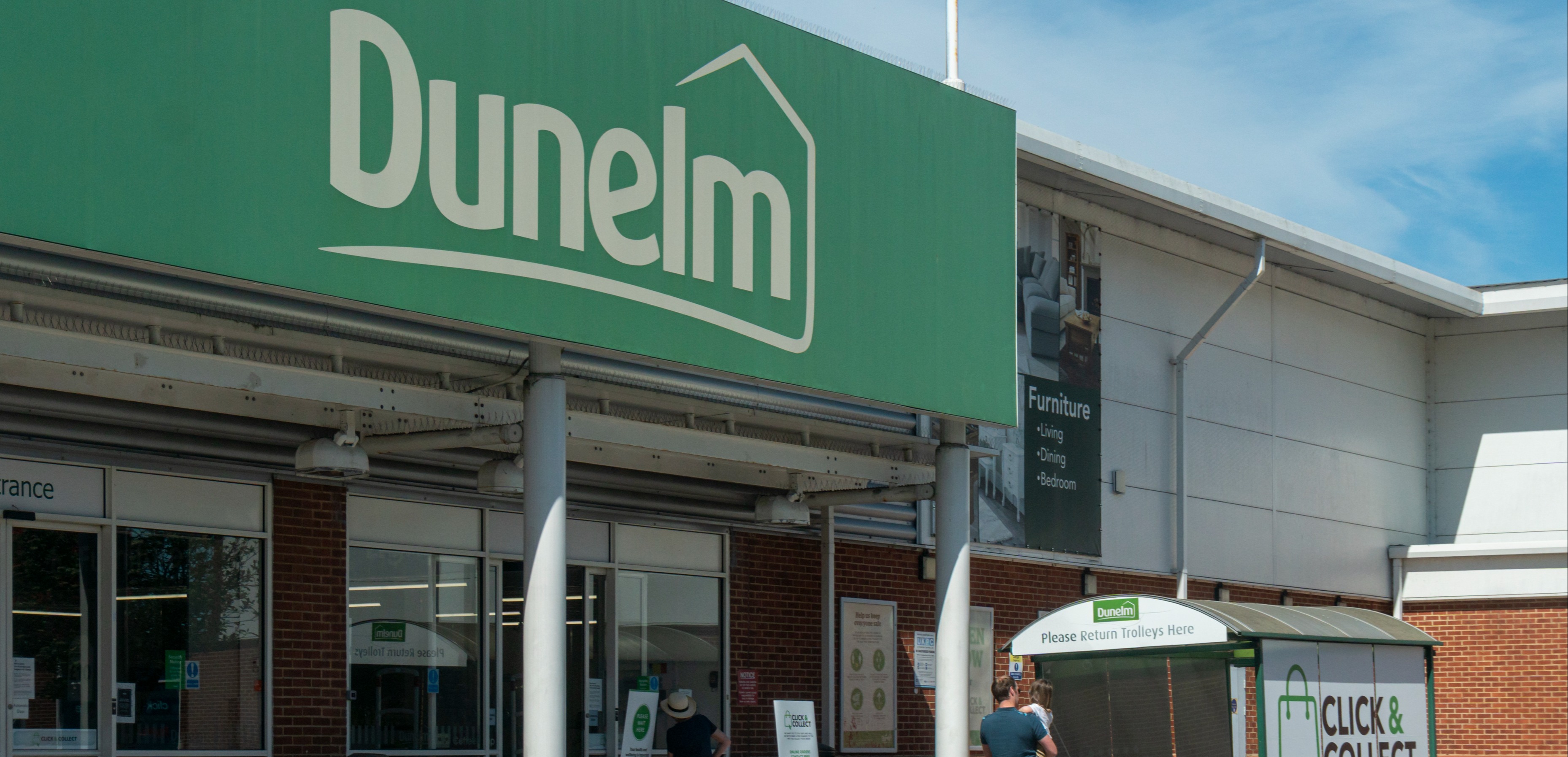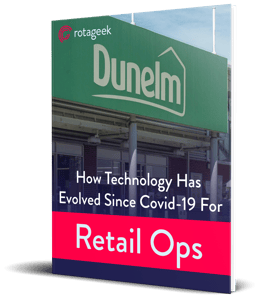Retail Ops Guide - How Technology Has Evolved Since Covid-19
by Rotageek on 13 July 2021

The retail industry has been faced with ongoing changing conditions since the start of the pandemic. Store closures, extended opening hours and a rapidly decreasing amount of available staff have heavily affected how stores operate in 2021.
In our new report, the 'Retail Ops Guide - How Technology Has Evolved Since Covid-19', we uncover how the rapid acceleration of automated technology has impacted the retail industry, spotlighting how operations teams must adapt to not just survive, but thrive in this new era.
UK consumers are spending 48% more online
With ongoing national and localised lockdowns to contend with, stores were forced to find a digital solution in order to survive. Brick and mortar only businesses turned to eCommerce, online grocery shopping thrived and leading retailers such as Boots, O2 and Tesco found innovative ways to engage with their customers.
In 2021, today’s consumers expect to be able to shop from any device, at any time and have a choice of how they receive the product. With the rise of digital, ‘in store’ no longer refers solely to interactions or purchases made within a physical location. It can be a virtual experience, curbside pick-up, an online appointment or click and collect.
Retailers must move from ‘respond’ to ‘thrive
The rise of fast-paced services poses multiple operational changes, requiring better inventory management, machine learning and big data analytics. One of the biggest impacts is on staff management.
Whilst many retailers might still be operating in the ‘respond’ phase, they need to move to the ‘thrive’ stage and look at in-store realignment that focuses on areas such as click and collect rapid grocery delivery stations and increased self-checkout stations, plus formats which complement the rise of e-commerce with efficient storage and distribution options.
Automation is key to catering for the omnichannel experience
Covid-19 has accelerated the shift to a digital retail environment, impacting consumer behaviour for the foreseeable future. Those in charge of operations must therefore embrace automated innovations which allow for different services, different roles and a different way of working.
By automating low-value tasks and implementing efficient workforce management solutions, retailers can rebalance store costs and cater for the omnichannel experience. And as the high street (albeit virtual or physical) continues to become more competitive, brands must utilise new technologies in order to keep up and stand out.
Read the full report about how automated technology transforms the retail operating model by downloading our report below.
- Quick links
- Log In
- Book a Demo
- Help Centre
- Products
- Digital Scheduling
- Autoscheduling
- Forecasting
- Company
- Our Story
- Careers
- Blog
- Privacy Policy

